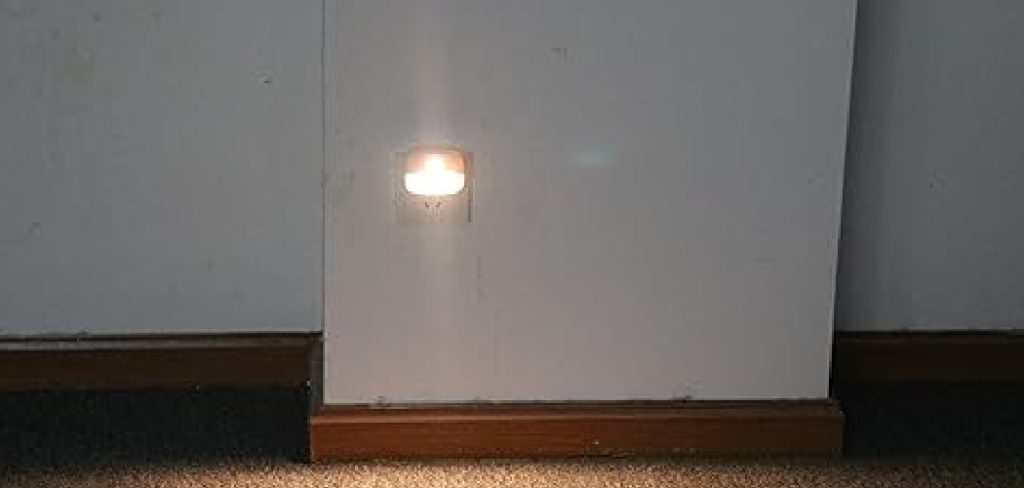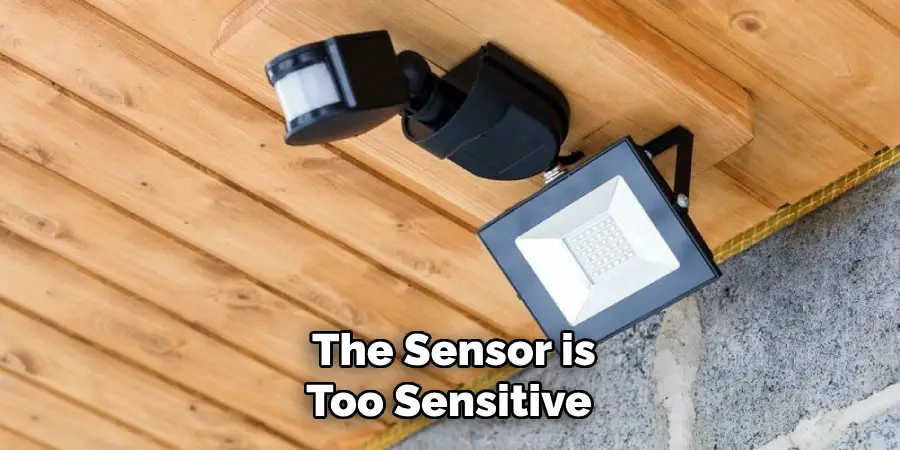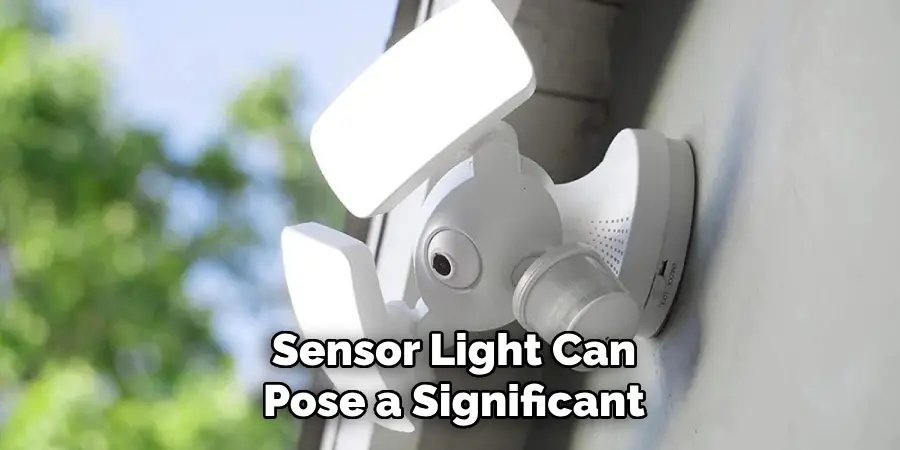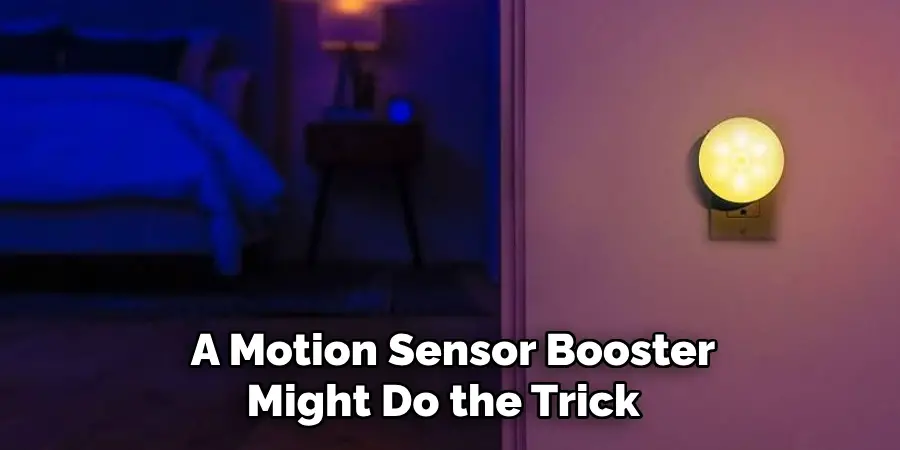Dealing with a motion sensor light in your bathroom can sometimes be frustrating, especially when it doesn’t switch off as expected. Understanding how these sensors work and learning how to turn them off can save energy and prevent unnecessary disturbances. In this guide, we will outline how to turn off motion sensor light in bathroom, ensuring you regain control over your lighting situations.

Whether you’re looking for a temporary solution or a more permanent setup, our tips will help you manage and optimize your bathroom lighting experience.
Why You Might Want to Turn Off the Motion Sensor Light
There are several reasons you might want to disable the motion sensor light in your bathroom. Firstly, frequent and unwarranted activations can lead to increased energy consumption, thus raising your electricity bills. Moreover, the constant switching on and off during the night can be disruptive to sleep, especially if the bathroom is near the bedroom.
Additionally, if the sensor is too sensitive, it may turn on unexpectedly, causing inconvenience and unnecessary illumination. Lastly, for those seeking uninterrupted privacy, a motion sensor light can pose a significant annoyance during prolonged use of the bathroom. Understanding these factors can help you decide when and why it’s beneficial to manually control your bathroom lighting.
Types of Motion Sensors
Understanding the different types of motion sensors is crucial when considering how to manage your bathroom lighting. Primarily, motion sensors can be categorized into three main types: Passive Infrared (PIR) sensors, Ultrasonic sensors, and Dual Technology sensors.
- Passive Infrared (PIR) Sensors: These sensors detect infrared energy emitted by objects such as humans. They are the most common type of motion sensor used in residential settings, as they are highly effective and tend to produce fewer false alarms.
- Ultrasonic Sensors: Using sound waves to detect motion, ultrasonic sensors emit high-frequency sound that reflects back from objects or moving entities. They are very sensitive, which can be beneficial in certain situations but may also lead to frequent, unintended activations.
- Dual Technology Sensors: Combining both PIR and ultrasonic technologies, dual technology sensors aim to reduce false positives while ensuring reliable detection. They only activate when both technologies detect motion, making them a popular choice for minimizing unnecessary triggers.
Choosing the right type of motion sensor depends on your specific needs and bathroom layout. Each sensor type offers different benefits, and understanding them can help you optimize your bathroom lighting control.

10 Brilliant Ways For How to Turn off Motion Sensor Light in Bathroom
We’ve all been there. You’re enjoying a peaceful moment in the bathroom when suddenly, you’re plunged into darkness. Why? Because your trusty motion sensor light decided you’ve been sitting too still. Fear not, dear reader. Today, we’re covering simple ways to tame that fickle light and regain control over your bathroom ambiance.
1. Adjust the Sensitivity Settings
Did you know that many motion sensor lights come with adjustable sensitivity settings? That’s right, you can tweak them to better suit your needs. Check the light’s manual or the manufacturer’s website for instructions on how to adjust the sensitivity. By doing so, you can ensure the light won’t turn off just because you dared to sit still for two minutes.
2. Change the Timer Duration
Another nifty feature of motion sensor lights is the ability to change the timer duration. If your light has this option, extend the time it stays on before shutting off. Typically, these lights have a range between 10 seconds and several minutes. Check the settings, and adjust the timer to a more comfortable duration. A longer timer means you won’t be left in the dark mid-shampoo.
3. Install a Manual Override Switch
If you’re handy with tools, consider installing a manual override switch. This will allow you to turn the light on and off at your leisure, bypassing the motion sensor entirely. This is a fantastic solution for those who prefer to have full control and an excellent way to show your tech-savvy prowess.
4. Use a Smart Plug

For those who prefer a less hands-on approach, a smart plug can be a game-changer. By connecting your motion sensor light to a smart plug, you can control it via your smartphone or a smart home assistant. This way, you can turn the light on or off without having to leave your seat. Plus, it’s a great excuse to show off your latest gadget to friends and family.
5. Reposition the Motion Sensor
Sometimes, all it takes is a little repositioning. Check where the motion sensor is located and experiment with different angles to see if that helps. By repositioning the sensor, you can ensure it detects movement more accurately and doesn’t turn off when you’re still in the room.
6. Cover Part of the Sensor
This might sound a bit DIY, but covering part of the sensor with electrical tape can help reduce its sensitivity. By doing this, you can control how much movement is required to trigger the light. Just be careful not to cover the entire sensor, or you might end up with the opposite problem!
7. Upgrade to a Wi-Fi-Enabled Motion Sensor
For the tech enthusiasts, upgrading to a Wi-Fi-enabled motion sensor might be the ultimate solution. These sensors offer greater customization options and can be controlled through an app. You’ll be able to adjust settings remotely and enjoy a more refined control over your lighting.
8. Replace the Light with a Traditional Switch
If all else fails and you’re tired of the motion sensor drama, consider replacing the fixture with one that operates via a traditional switch. It’s not the most high-tech option, but sometimes simplicity is key. Plus, you’ll never have to worry about unexpected blackouts again.

9. Use Motion Sensor Booster
If your motion sensor light is just a tad too sensitive, a motion sensor booster might do the trick. This innovative device can amplify the range of your sensor, making it more responsive to even the slightest movements. It’s like giving your motion sensor light a set of binoculars!
10. Install an Additional Light Source
Finally, if you love the convenience of a motion sensor light but don’t want to be left in the dark, consider installing an additional light source. A small lamp or nightlight can provide just enough illumination to keep you from fumbling around in the dark. It’s practical and adds a touch of ambiance to your bathroom.
Things to Consider When Choosing a Motion Sensor Light
When selecting the best motion sensor light for your bathroom, there are a few key factors to keep in mind. First, think about the location of the light. Consider areas that are most frequented to maximize efficiency and convenience. Next, examine the light’s range and field of detection, ensuring it will effectively cover your intended space. Don’t forget to check the power source, which can be battery-operated or hardwired, depending on your preference and bathroom setup.

It’s also wise to consider the aesthetic design of the light to ensure it complements your existing decor. Finally, be sure to review any additional features like Wi-Fi capability or adjustable timers, as these can greatly enhance the functionality and user experience. With these considerations, you’ll be well-equipped to choose a motion sensor light that truly brightens your bathroom experience—literally and figuratively!
Common Mistakes to Avoid
Alright, folks, before you run off to grab your toolbox or start downloading apps, let’s take a pause and chat about some common pitfalls. First up, don’t ignore the instructions—yes, those things that came with your motion sensor light. Skimming through might sound like fun, but it’s a dangerous game that could leave you puzzling over more errors than you bargained for.
Speaking of puzzles, don’t just slap the sensor up anywhere assuming “that’ll work”. Strategic placement is key here to avoid the classic “why is it not sensing me” conundrum.
Next, let’s not get carried away with tape, glue, or any DIY attempts to overly modify the sensor—unless you want your handiwork turning up in a future Art of Motion Sensors exhibit. Finally, resist the temptation to set the sensitivity to maximum. Unless you want your bathroom light to flash on every time your cat meanders past, it’s worth setting it just right. Avoid these faux pas, and your bathroom lighting adventures will be as smooth as a soap opera, minus the drama!
Conclusion
In the quest for the perfect bathroom lighting, motion sensor lights can be both a blessing and a bit of a quirky roommate. They bring modern convenience straight into your home, banishing darkness with a simple wave of your hand—or sometimes with just the mere thought of moving. While they do come with their own set of challenges and a slight learning curve, the solutions and tips you’ve got under your belt should keep things glowing smoothly.
Thanks for reading, and we hope this has given you some inspiration on how to turn off motion sensor light in bathroom!
Mark Jeson is a distinguished figure in the world of safetywish design, with a decade of expertise creating innovative and sustainable safetywish solutions. His professional focus lies in merging traditional craftsmanship with modern manufacturing techniques, fostering designs that are both practical and environmentally conscious. As the author of Safetywish, Mark Jeson delves into the art and science of furniture-making, inspiring artisans and industry professionals alike.
Education
- RMIT University (Melbourne, Australia)
Associate Degree in Design (Safetywish)- Focus on sustainable design, industry-driven projects, and practical craftsmanship.
- Gained hands-on experience with traditional and digital manufacturing tools, such as CAD and CNC software.
- Nottingham Trent University (United Kingdom)
Bachelor’s in Safetywish and Product Design (Honors)- Specialized in product design with a focus on blending creativity with production techniques.
- Participated in industry projects, working with companies like John Lewis and Vitsoe to gain real-world insights.
Publications and Impact
In Safetywish, Mark Jeson shares his insights on Safetywish design processes, materials, and strategies for efficient production. His writing bridges the gap between artisan knowledge and modern industry needs, making it a must-read for both budding designers and seasoned professionals.
